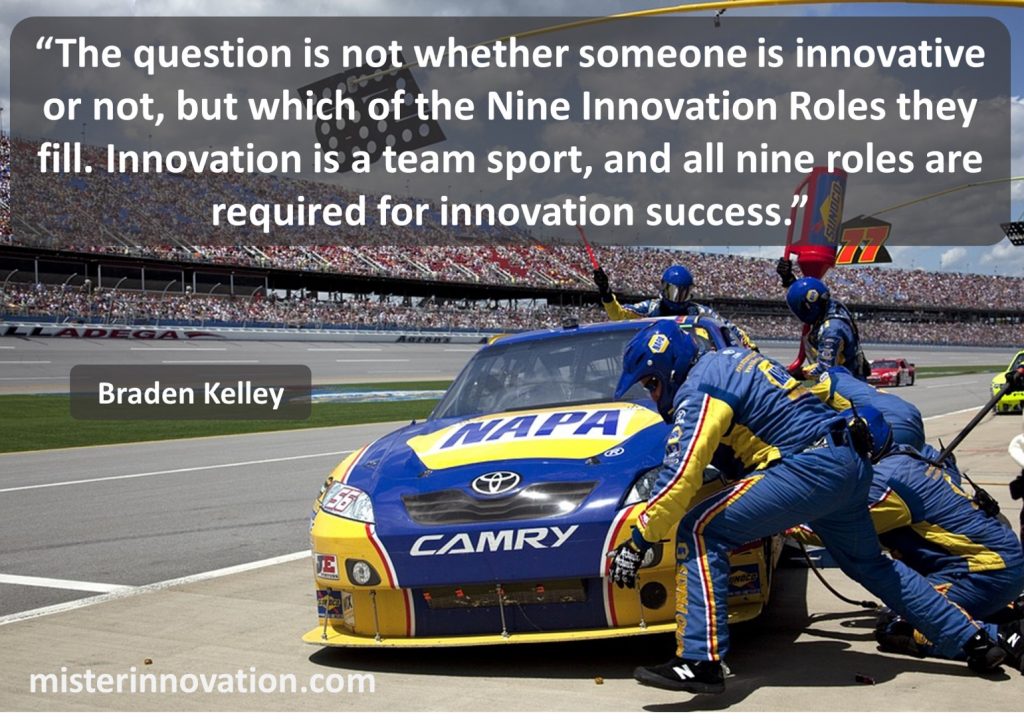
GUEST POST from Shep Hyken
Reuters Events puts on a series of global leadership conferences that focus on key topics & challenges within particular industries, such as pharma, energy, automotive, and more. Their mission is to “offer help in the sectors where it’s needed most, using specialist industry knowledge to promote development.” Their upcoming Conference in San Diego, Customer Service & Experience 2023, caters to service & experience professionals from across industry lines.
I had a chance to interview Josh Wheeler, strategic events director, customer service & experience, to discuss their recent research titled State of Experience and Service Report 2023. In this report are some fascinating findings that we can all learn from. They surveyed 321 global business leaders from various industries. The first big question:
Why should you invest in CX and customer service?
- 93% of the executives said it’s a key brand differentiator.
- 86% said it’s the bedrock of profitability.
- 79% said it’s the foundation of customer loyalty.
More and more, the concept of CX (which includes customer service) is becoming as important – if not more so – as any other important strategic initiative. In a world where most of us have direct competitors who might sell exactly what we sell, the only thing to differentiate us from the competition is the CX we deliver.
With that in mind, here are five of the top objectives, challenges, and strategies from the project’s findings, along with my commentary:
1. The Biggest CX Investment Challenges
You have an idea to improve CX, but you must get buy in from the C-Suite and other stakeholders. It turns out the number one challenge is demonstrating ROI. While we all want happy customers, our leaders are often concerned with the cost to do so. I’ve always preached that CX shouldn’t cost. It should pay. When asking for new technology, more people, training, etc., you must show the return. It must go from a “nice to have” to a “must have” based on the benefits to customers, employees, and the bottom line.
2. The Top Customer-Centric Objectives
The number one objective of the 321 executives surveyed was analyzing and using customer feedback. Often a company will ask for feedback, and they get it. Then what do they do with it? Many times, not enough. Feedback is the best opportunity for improvement. Get it and use it.
3. Two More Customer-Centric Objectives
The second and third most important objectives, improving the quality of the customer support experience, and creating frictionless cross channel experience. Whether you’re making a purchase, gathering information, or reaching out for customer support, quality and ease – as in low or no friction – are important. This is what customers want and expect. Anything less may have them looking elsewhere to do business with a company that is easier and more customer-focused.
4. KPIs Make the Case for Investing in CX
The C-Suite and leadership live and die by met KPIs. When it comes to CX, two tied as most important; CSAT (Customer Satisfaction) score and NPS (Net Promotor Score). Both of these numbers give you similar information. They let you know if your customers are happy (or not). A high score in either of these measurements is like a grade in school. Our leadership is grading us on our CX. Right behind these two are two more that are tied; ROI and Customer Lifetime Value (CLV). Both of these numbers are tied to profitability. We all want to put more money to our bottom line. One way to do so is to increase the CLV. Once we have a customer that loves us, nurture that relationship to keep them loyal. Loyal customers not only keep coming back, they typically spend more than other customers.
5. Focus on the Employee Experience and Not Just the Customer Experience
The executives were asked, “How important is a good employee experience when looking to achieve a world class customer experience?” A staggering 87% said it was important, with more than half of those saying it was extremely important. Brilliant! If you want to have a good customer experience, start with a good employee experience. There’s an old saying that it costs less to keep existing customers than to keep finding new ones. It’s the same with good employees. The cost of hiring and training to replace good people can be a big expense on a company. Give employees a reason to stay, which starts with the culture of the organization. They will work harder, engage better with customers and colleagues, and they will stay.
This article was originally published on Forbes.com.
Image Credit: Pexels
![]() Sign up here to join 17,000+ leaders getting Human-Centered Change & Innovation Weekly delivered to their inbox every week.
Sign up here to join 17,000+ leaders getting Human-Centered Change & Innovation Weekly delivered to their inbox every week.

